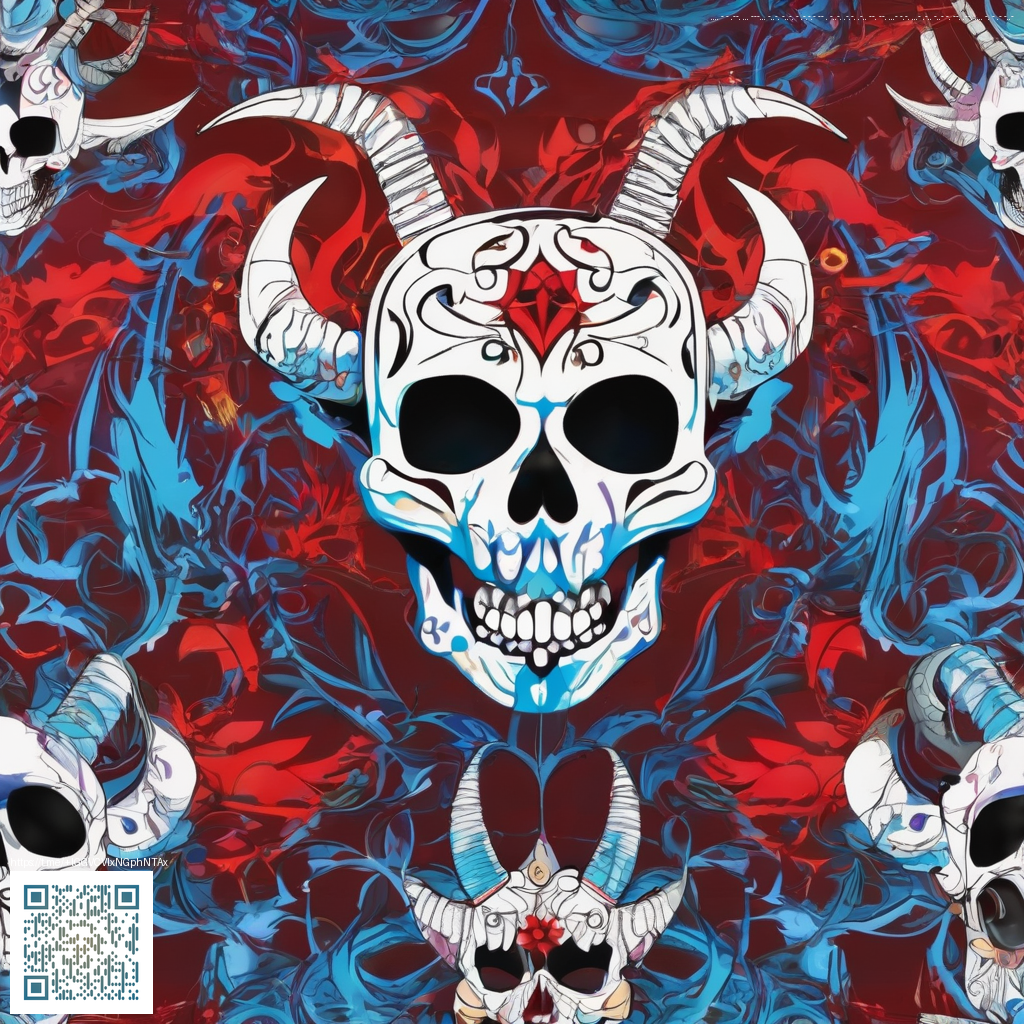
Understanding Texture Overlays for Photographers
Texture overlays are like seasoning for your photos. They add depth, atmosphere, and a tactile feel that flat digital images often lack. By layering a texture on top of your base image and adjusting how it blends, you introduce subtle grain, pattern, or grit that guides the viewer’s eye and enhances mood. The goal isn’t to distract, but to enrich the narrative of the scene—whether you’re documenting urban textures, vintage interiors, or natural surfaces.
What makes a texture overlay feel real?
Realism comes from balance. A great texture overlay should:
- Be high-quality and non-distracting in its finest areas.
- Match the lighting direction and color temperature of the base image.
- Be adjustable in opacity and masked to blend with key subjects.
- Preserve essential details (edges, highlights) while enhancing mid-tones.
When you harmonize these elements, the overlay reads as an intentional part of the scene rather than an afterthought. You’ll notice added cohesion between shadows, textures, and color grading, which elevates both stills and sequences.
Source textures and how to capture them
Texture libraries offer a broad spectrum, but authentic overlays often come from your own surroundings. Consider:
- Fabric weaves (denim, linen, canvas) under different lighting.
- Natural surfaces (wood grain, stone, concrete) with micro-scratches and patina.
- Metal and grit (rust, brushed metal, weathered paint) for urban character.
- Organic textures (sand, soil, bark) for earthy tonal ranges.
To create your own overlays, shoot at a high resolution with even lighting, then isolate a clean plane in editing software. Save as a transparent PNG so you can overlay over any image without a visible background. Consistency in texture scale matters—if a tile pattern feels oversized for a portrait, it will look off in the final composite.
Practical steps to apply overlays in post-processing
- Open your base photo and place the texture layer above it.
- Experiment with blend modes such as Soft Light, Overlay, or Multiply to find the right tonal interaction.
- Adjust the texture’s opacity to taste, typically starting around 10–40% and increasing gradually.
- Mask the texture over areas that should stay pristine (faces, hands, key details) to maintain readability.
- Fine-tune color balance after blending to ensure the texture doesn’t clash with your overall color grade.
- Apply global sharpening or grain to unify the image and the overlay.
If you’re working with mobile editors, seek apps that support layering and non-destructive adjustments. Even a straightforward workflow can yield professional textures with the right eye for light and edge detail.
“Texture is storytelling—without it, a photo can feel flat; with it, it breathes and invites closer inspection.”
For those who shoot on the go, a compact, ergonomic accessory can improve your efficiency when capturing textures or taking reference shots in the field. For example, a Phone Grip Kickstand Click-On Holder can help you stabilize your device during quick texture tests or macro captures, ensuring sharper results in the moment. You can explore this kind of tool at https://shopify.digital-vault.xyz/products/phone-grip-kickstand-click-on-holder. If you’re looking for further inspiration and tutorials, the resource page at https://000-vault.zero-static.xyz/50bb1e82.html is a good reference point.
Beyond the technical steps, the mindset matters. Build a small library of overlays that you know work with your typical subjects—portraits, architectural details, or landscape textures. Keep a consistent workflow in your editing rig so you can apply overlays quickly without sacrificing control. The result is a signature look that feels both deliberate and natural.
Integrating overlays into your photography projects
Texture overlays shine in a series or on a portfolio that emphasizes atmosphere. For editorial shoots, overlays can subtly unify the tonal language across different locations. For product photography, overlays can add tactile context—grainy backgrounds or subtle fabric textures that echo the product’s material. The key is restraint and intention; overlays should complement the subject, not overpower it.
Quick tips to elevate your overlays
- Keep overlay textures high-resolution to avoid pixelation on larger displays.
- Match overlays to your light source direction for natural shading.
- Use masks to protect skin tones and critical details in portraits.
- Save different opacity presets so you can audition them quickly across a shoot.
Similar Content
Explore the resource here: https://000-vault.zero-static.xyz/50bb1e82.html